A Tick is a parasitic member of the Arachnida class. Arachnida also contains the mite, horseshoe crab, scorpion, spider, and other groups. These small creatures live as parasites, feeding on the blood of a variety of different animals. Researchers recognize nearly a thousand different species. Read on to learn about the Tick.
Description of the Tick
Two primary body shapes exist in this group, a “hard” group with a rigid body shield, and a “soft” group without one. Both groups have rounded bodies that become enlarged after they feed. Like all arachnids, they also have eight legs.
Smaller species reach just a few millimeters in length. The largest species measure about five or six millimeters long, but reach much larger sizes when engorged.
Interesting Facts About the Tick
These pesky little critters often find themselves embedded in the skin of pets and people. Learn more about them, below.
- Ancient Annoyance – We aren’t the only ones who had to deal with these pesky parasites. Researchers estimate that the first Ticks evolved sometime between 66 and 146 million years ago during the Cretaceous Period.
- Lyme Disease – Most people have heard of Lyme disease before, and know it comes from Tick However, did you know that the Ticks do not cause the Lyme disease? They inadvertently carry and spread the bacteria that causes Lyme disease.
- Blood Sucker – These creatures have uniquely adapted mouthparts for piercing skin. Their mouths, or capitula, work as a method for puncturing the skin of animal and extracting the blood.
- Questing – Unlike fleas, these invertebrates cannot jump onto their hosst, so how do they get from a blade of grass or a leaf to the animal they need to survive? They climb to a leaf or blade of grass, and “quest” by holding out a pair of legs, waiting for a likely host to brush by.
Habitat of the Tick
Though you can find these creatures in a wide range of habitats, they often prefer areas with warm temperatures and humid climates. Their favorite type of habitat is the edge of a clearing, where a line of forest meets a lawn or a meadow. They most often utilize low shrubs and leaf litter.
Distribution of the Tick
You can find various species in this group across the globe. They live on every continent, including Antarctica, where they feed on penguins. However, the greatest species diversity occurs in the tropics.
Each species has its own unique range and distribution. Some live across huge regions, while others occupy only a small area or a single island.
Diet of the Tick
All Ticks have parasitic feeding habits. They have obligatory hematophage feeding habits, which means they must eat blood to survive. Each species has its own prey preference. Some feed primarily on mammals, others on birds, or even reptiles. Different species also attach in different areas, some bite wherever they land, others feed primarily on the face or in the ears of animals.
Tick and Human Interaction
People view these creatures as pests, both on their own bodies as well as those of pets and livestock. These creatures also pose a danger to humans, as they spread several diseases, including Lyme disease, Tick bite fever, and several viruses. One species can even cause paralysis. People use a variety of pesticides in an attempt to control Tick populations.
Domestication
Humans have not domesticated these creatures in any way.
Does the Tick Make a Good Pet
Why would you ever want a Tick as a pet?!
Tick Care
People do not keep these creatures in human care voluntarily. They sometimes occur on livestock, pets, and animals in zoos, but this is accidental exposure.
Behavior of the Tick
All of the various species live similar lifecycles. They search for and climb onto a host animal, be it a dog, cat, deer, cow, or other similar creature. Once aboard, the creature inserts its mouthparts into the animal’s skin, and remains there sucking blood.
Reproduction of the Tick
All of the species in this group reproduce in a similar way. The female receives sperm from the male and fertilizes her eggs. She then lays a variable number of eggs depending on the species.
The eggs hatch into a six-legged larval form. This larva feeds on a host and eventually metamorphoses into a nymph stage, and then an adult stage. Some drop off their hosts between stages, others remain on a single host.

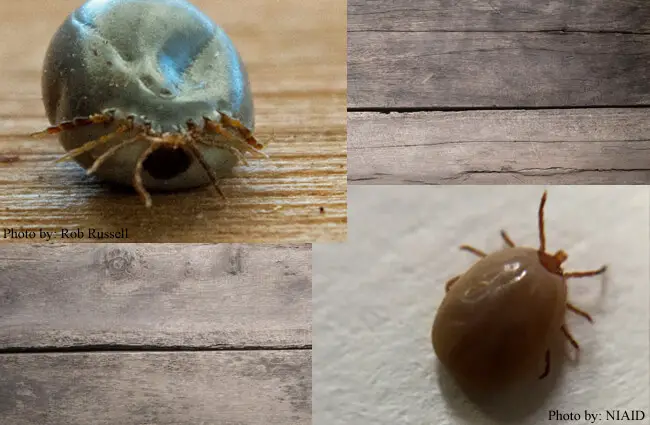
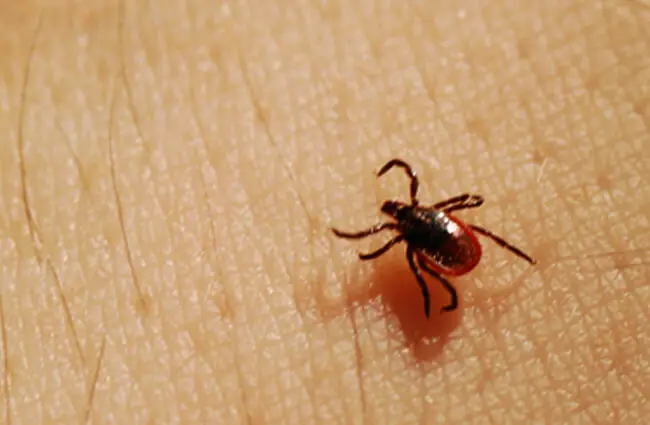

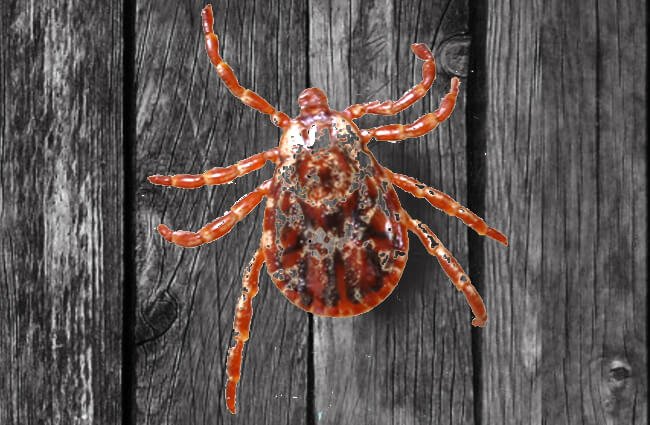
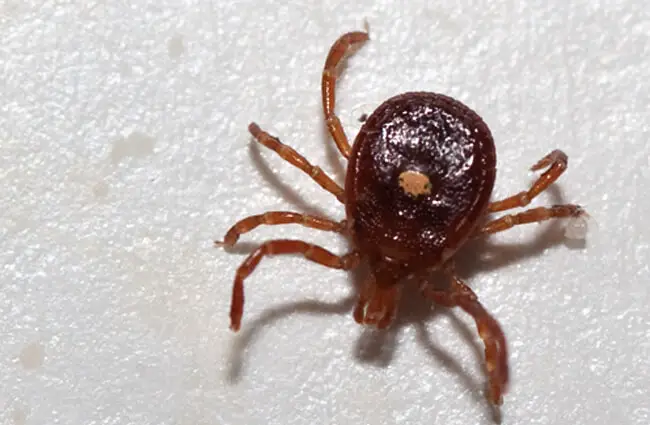
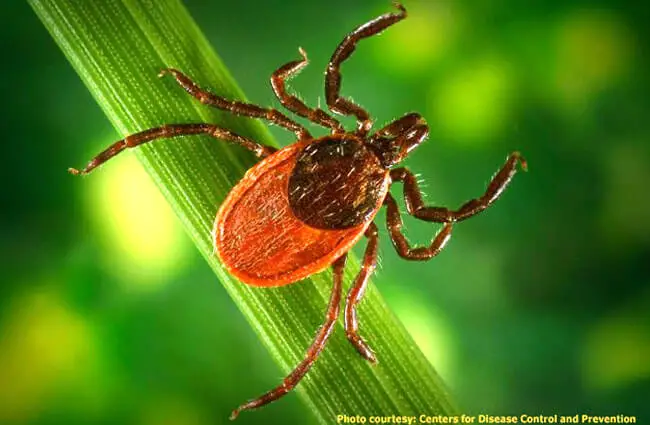
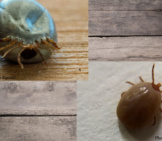


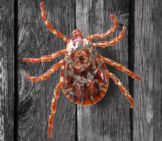
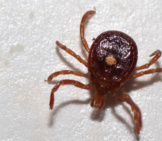
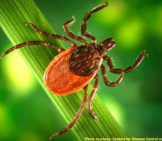
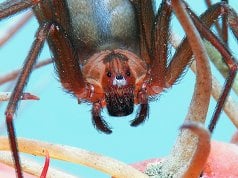
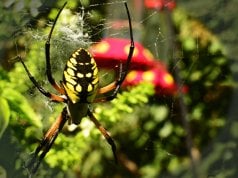











![Red Angus Closeup of a beautiful Red Angus cowPhoto by: U.S. Department of Agriculture [pubic domain]https://creativecommons.org/licenses/by/2.0/](https://animals.net/wp-content/uploads/2020/03/Red-Angus-4-100x75.jpg)

